
Tunnels are important and provide drivers and pedestrians with a safe and effective way to go from one place to the next. There are some impressive tunnels in Florida, but did you know the longest tunnel in Florida is an undersea tunnel? Port Miami Tunnel is the longest tunnel in Florida, stretching about 4,200 feet. This relatively new tunnel is fascinating, are you ready to learn more about it? Follow along to discover the longest tunnel in Florida.
What Is The Longest Tunnel In Florida?
The longest Tunnel in Florida is the Port Miami Tunnel. It’s about 4,200 feet long and nearly 7,000 vehicles use the broad, underwater tunnel. The Port of Miami Tunnel connects the MacArthur Causeway on Watson Island with the Port of Miami on Dodge Island. Work began on May 24, 2010, and the tunnel opened on August 3, 2014. But how did this tunnel come to be? Why was it built?

The Port of Miami Tunnel connects the MacArthur Causeway on Watson Island with the Port of Miami on Dodge Island.
©Pietro / CC BY-SA 4.0 – License
Where Is the Port Miami Tunnel Located On A Map?
Miami is located in the southeastern part of Florida bordering the Biscayne Bay on a plain between the Everglades and the Atlantic Ocean. Florida is in the southeastern region of the United States and is bordered by Alabama to the northwest, Georgia to the north, the Gulf of Mexico to the west, and the Atlantic Ocean to the east.
The History Of The Port Miami Tunnel
Downtown Miami is known for awful and congested traffic at nearly all hours of the day. This is true now, as it was true in the 1980s when this idea was first introduced. The reason this tunnel was necessary was that the Port of Miami’s traffic was awful since it was a two-lane drawbridge that led to downtown. In the early 1990s, traffic lessened with the construction and opening of a six-lane elevated bridge. As early as 1987, proposals for the tunnel were introduced, however, the 1987 highway bill was vetoed by President Ronald Reagan. In 2007, the City Commission approved the tunnel project. By 2008 though, the project was canceled, only to be restated in April 2009. Three government entities were involved in the construction of the tunnel: the Florida Department of Transportation, Miami-Dade County, and the City of Miami. MAT Concessionaire LLC was also involved.
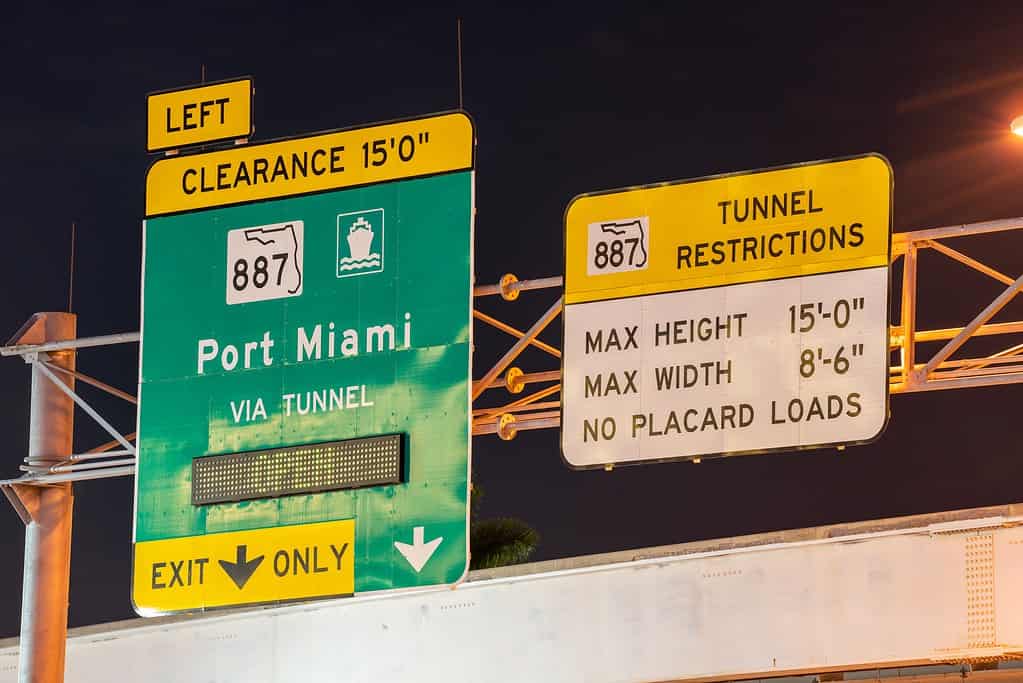
Downtown Miami is known for awful and congested traffic at nearly all hours of the day. This is true now, as it was true in the 1980s when this idea was first introduced.
©Felix Mizioznikov/Shutterstock.com
The Port Of Miami Tunnel’s Controversies
There were many criticisms, complaints, and controversies during the planning and construction of the Port of Miami tunnel. One of the biggest concerns or complaints was the financing structure of the plan. Some residents didn’t believe the city had enough money to fund the project, and the city did struggle to fund its portion of $50 million. The Port of Miami Tunnel runs underneath Biscayne Bay. Some environmentalists during the time of construction rose concerns over the potential negative effects of construction. For example, contractors were documented dumping tunnel filling in wetlands. This damaged important mangrove trees.
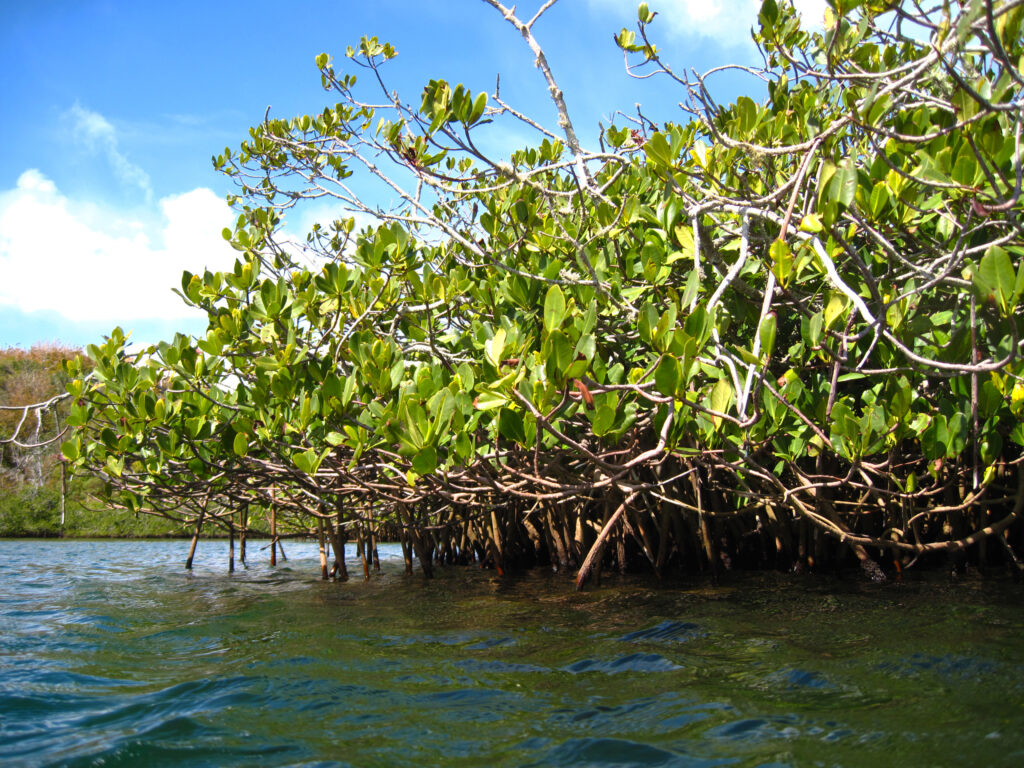
Contractors were documented dumping tunnel filling in wetlands. This damaged important mangrove trees.
©Sean Lema/Shutterstock.com
Wildlife In Miami, Florida
Miami is a beautiful city with a rich culture, welcoming millions of visitors each year. Although there are plenty of museums, nightlife, and food options available, you can also take walks along the beach or hiking trails to catch a glimpse of some amazing animals. Listed below are some of the incredible animals you can see on your next trip to Miami!
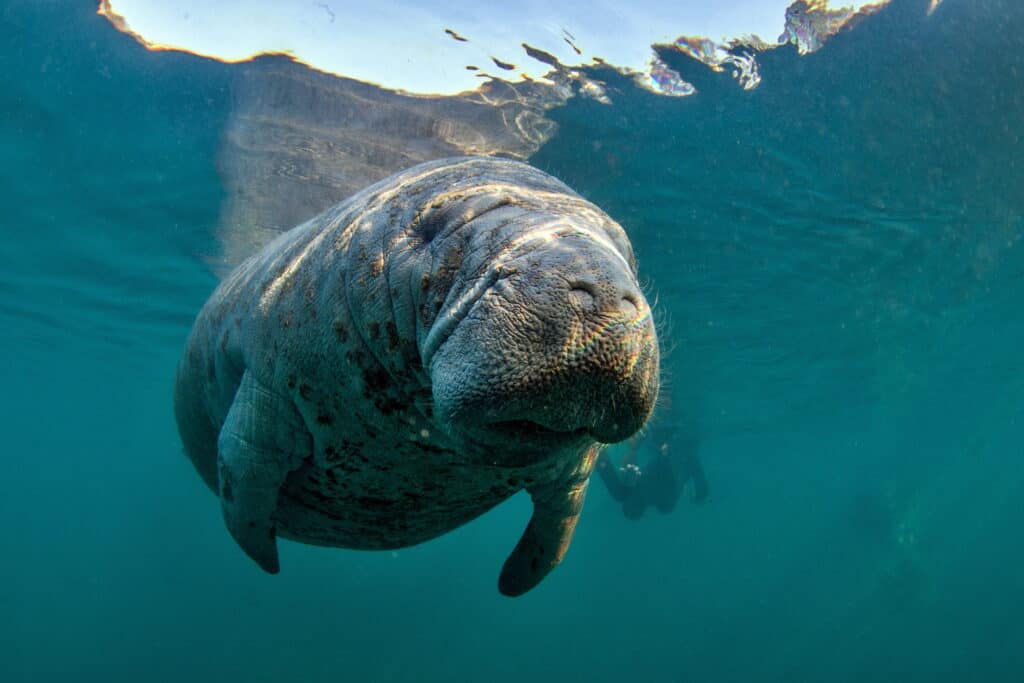
Manatees are beautiful and large mammals, also known as sea cows.
©Tomas Kotouc/Shutterstock.com
West Indian Manatees
West Indian manatees are beautiful and large mammals, also known as sea cows. They are common throughout Florida, but especially in Miami. There are two subspecies, the Florida manatee and the Antillean manatee. These large animals can easily weigh over 1,000 pounds. The largest recorded manatee was 15 feet long and weighed a whopping 3,649 pounds. Interestingly, female manatees are larger than male manatees. Some of the best spots to see manatees near and in Miami are Manatee Bend Park, the Barnacle Historic State Park, and Manatee Lagoon.
American Flamingos
Although there aren’t as many American flamingos as there used to be in Miami, you might still spot one walking along the beach. American flamingos are the largest flamingos in the Americas. They can reach up to 57 inches tall. Although they are tall, on average male American flamingos weigh 6.2 pounds. American flamingos were native to Florida but disappeared in the 20th century. It’s likely the American flamingos that are in Miami are descendants of captive colonies of flamingos brought in the 1920s.
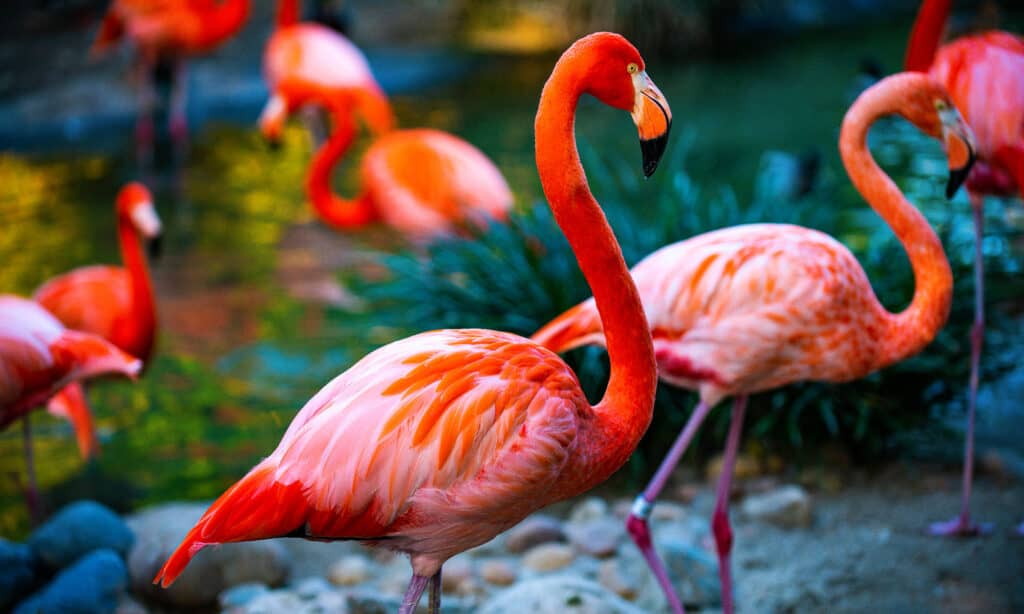
Although there aren’t as many American flamingos as there used to be in Miami, you might still spot one walking along the beach.
©Volodymyr TVERDOKHLIB/Shutterstock.com
Florida Panthers
Florida panthers are considered critically impaired. Experts estimate that there are less than 200 Florida panthers in South Florida. While the population is low, it has slowly increased. For instance, in the 1970s, experts believed there were only 20 wild Florida panthers left. Although these animals are rare, they are still occasionally spotted in Miami, with one of the more recent public spottings in 2021. Sadly, Florida Panthers only occupy 5% of its historic range. You might find these large cats in Big Cypress National Preserve, Everglades National Park, and the Florida Panther National Wildlife Refuge.

Experts estimate that there are less than 200 Florida panthers in South Florida.
©iStock.com/fotoguy22
Great Barracudas
Barracuda fishing is very popular in Miami. Great barracudas are large fish, easily exceeding 30 inches long. On average, great barracudas weigh between 5.5 and 19.8 pounds, however, the largest caught on rod-and-reel weighed an impressive 103 pounds. They are predatory ray-finned fish found in tropical to warm temperate waters. They aren’t picky, living in both mangrove areas to the deep reef. These long fish are predators that ambush their prey, swimming in short bursts up to 27 mph.
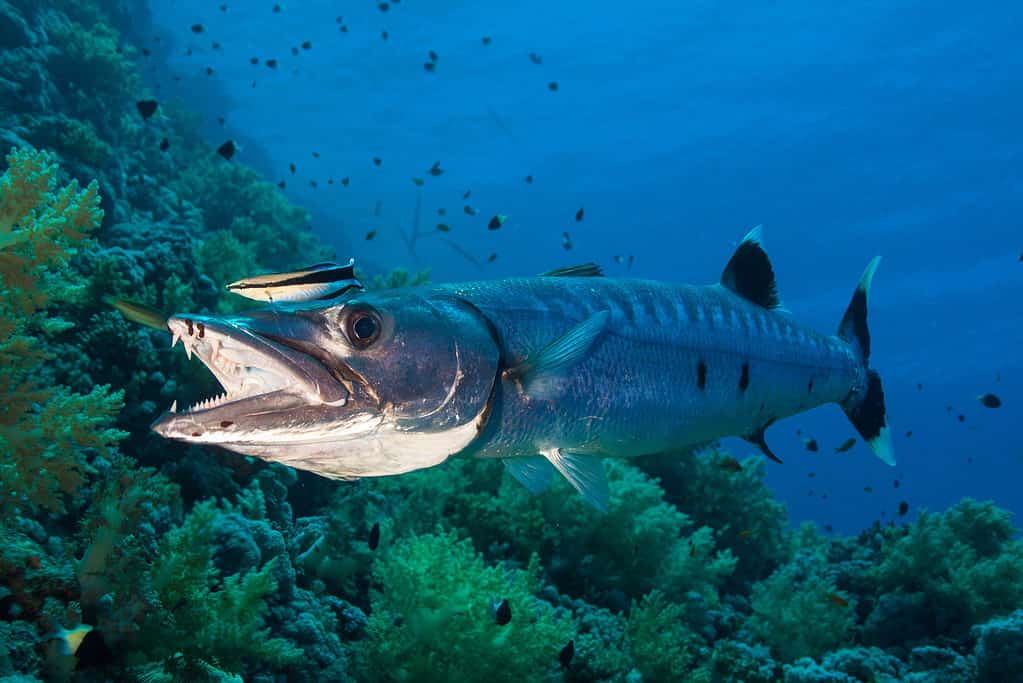
Great barracudas are large fish, easily exceeding 30 inches long.
©Itstvan Kovacs/Shutterstock.com
The photo featured at the top of this post is © 900 × 550 pixels, file size: 560 KB, MIME type: image/jpeg – License / Original
Thank you for reading! Have some feedback for us? Contact the AZ Animals editorial team.






